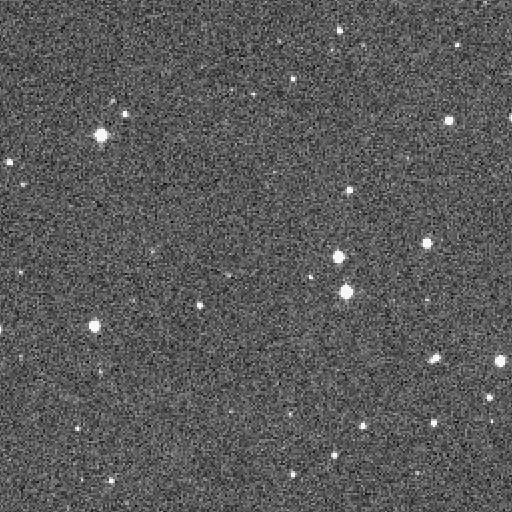Planetary Defence Office observes an artificial NEO
Planetary Defence Office observes an artificial NEO

neo admin

Animation of 8 cropped individual frames containing the Solar Orbiter spacecraft, each 10 seconds long. The object is faintly visible near the centre, moving diagonally across the frame. The entire sequence covers a timespan of a bit less than 10 minutes in total.
Credit: ESA NEOCC / CAHA
On the morning of Monday, 10 February 2020, the joint ESA / NASA mission Solar Orbiter was launched from Cape Canaveral, on its way towards the Sun. This is the beginning of a 7 year nominal mission dedicated to observing the polar regions of our star and the mechanisms at play in the Sun's inner heliosphere.
At the Planetary Defence office we took the opportunity of the Solar Orbiter launch to perform an observational exercise, attempting to image the departing spacecraft with a ground based optical telescope. The observational characteristics of an outgoing object, a few hours after launch, are usually similar to an incoming impactor of similar size, thus providing a direct test of the capabilities of the instruments in our network. A similar exercise was already successfully attempted with the ExoMars launch in 2016.
Thanks to the accurate post-launch trajectory provided by ESOC's Mission Analysis team, we were able to use the Calar Alto Schmidt telescope in Spain to detect the departing spacecraft just after local sunset. At the time of the observation, the object was 310 000 km away from the Earth, and pretty faint, at magnitude 19.5.
Astrometric observations of the object obtained during the observing sessions can be downloaded from here.
